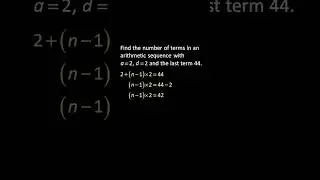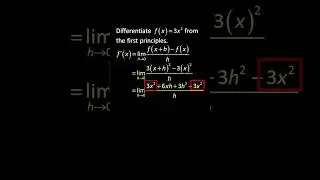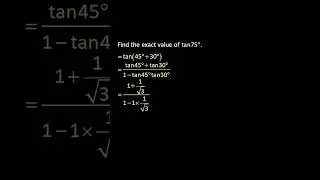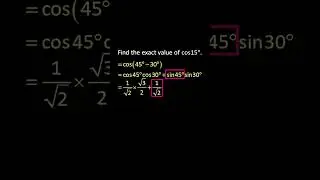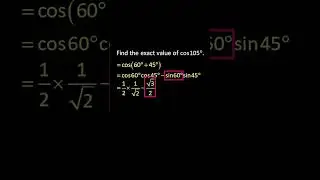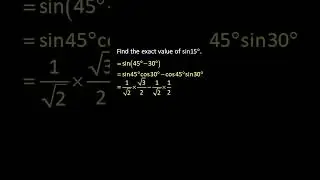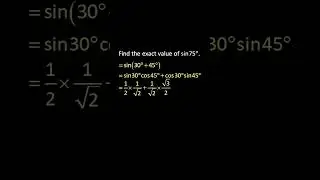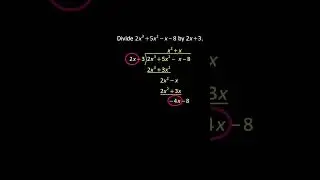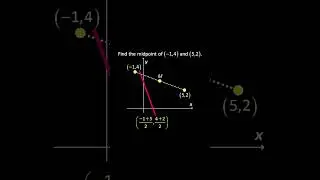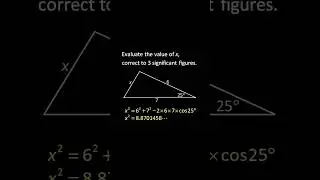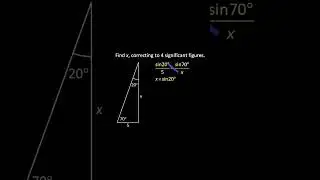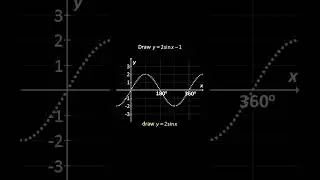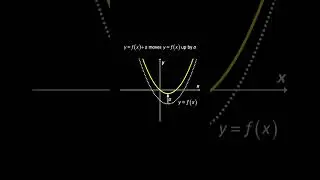💯 What is the DISSOLUTION process and how does it work?
📌 Receive Comprehensive Mathematics Practice Papers Weekly for FREE
Click this link to get: ▶️▶️▶️ https://iitutor.com/email-list/ ◀️◀️◀️
• A solution is a homogenous mixture of two or more substances
• A solvent is the major component in a solution, a dissolving substance.
• A solute is a substance being dissolved in a solvent.
The formation of solutions is related to the forces of attraction between the solvent and solute particles. During the formation of a solution, a rearrangement of particles occurs.
Nature of the solute and solvent
In general, a solute will dissolve in a solvent only if the intermolecular forces and those within the solvent are similar to those occurring between solute and solvent molecules.
• Polar solvents tend to dissolve polar solutes and non-polar solvents tend to dissolve non-polar solutes.
• Polar solutes tend to dissolve much more readily in polar solvents than in non-polar solvents.
• This results from forming similar intermolecular forces between the solute and solvent molecules compared with those existing between solute molecules and solvent molecules alone.
• Ethanol (C2H5OH) and sugar (C6H12O6) are very soluble in water because both these substances are polar and form hydrogen bonding forces with water molecules. The molecules will tend to be orientated in such a way as to maximise these interactions.
• Oil and similar non-polar substances do not dissolve in water because suitable intermolecular interactions do not occur between solute and solvent molecules.
• In oil the intermolecular forces are mainly dispersion forces whereas in water hydrogen bonding forces exist. The hydrogen bonds between water molecules are much stronger than the dispersion forces which could occur between oil and water molecules. As a result, the water molecules do not separate to allow space for the oil molecules to dissolve.
• However, the oil will dissolve in a non-polar solvent such as kerosene since suitable interactions occur between the oil molecules and kerosene molecules. As with oil, the intermolecular forces between the kerosene molecules are dispersion forces. Because of the similar nature of the intermolecular forces, the kerosene molecules will separate to allow space for the oil molecules to dissolve. Dispersion forces are formed between the oil and kerosene molecules.











